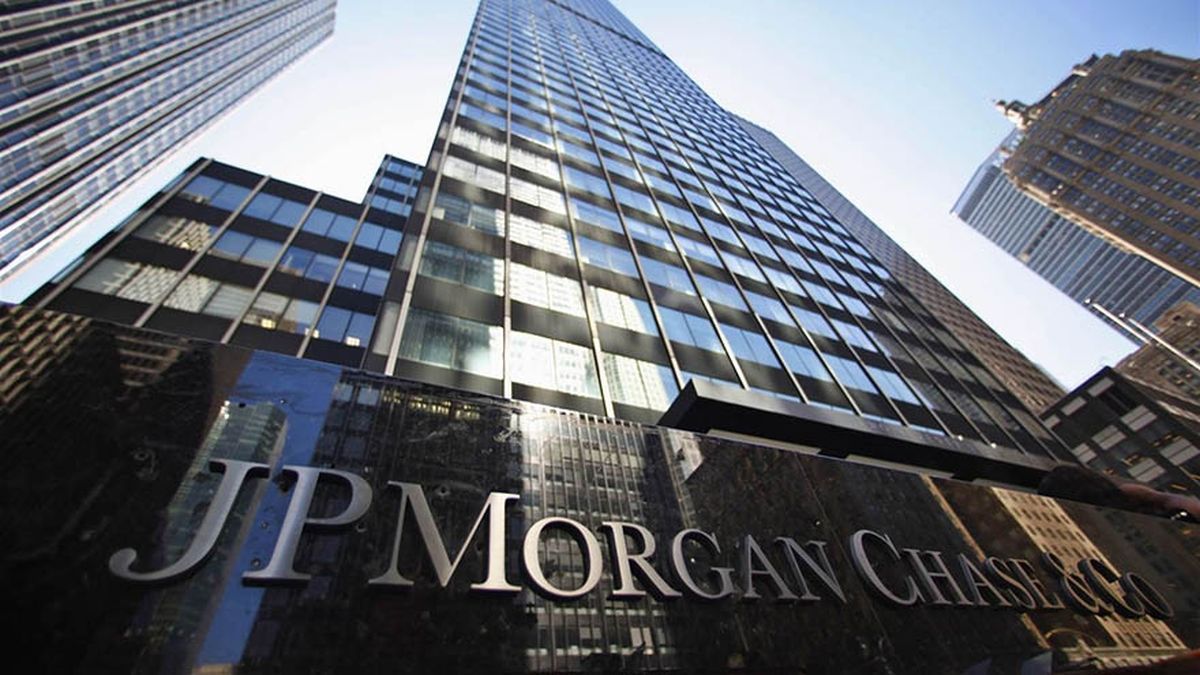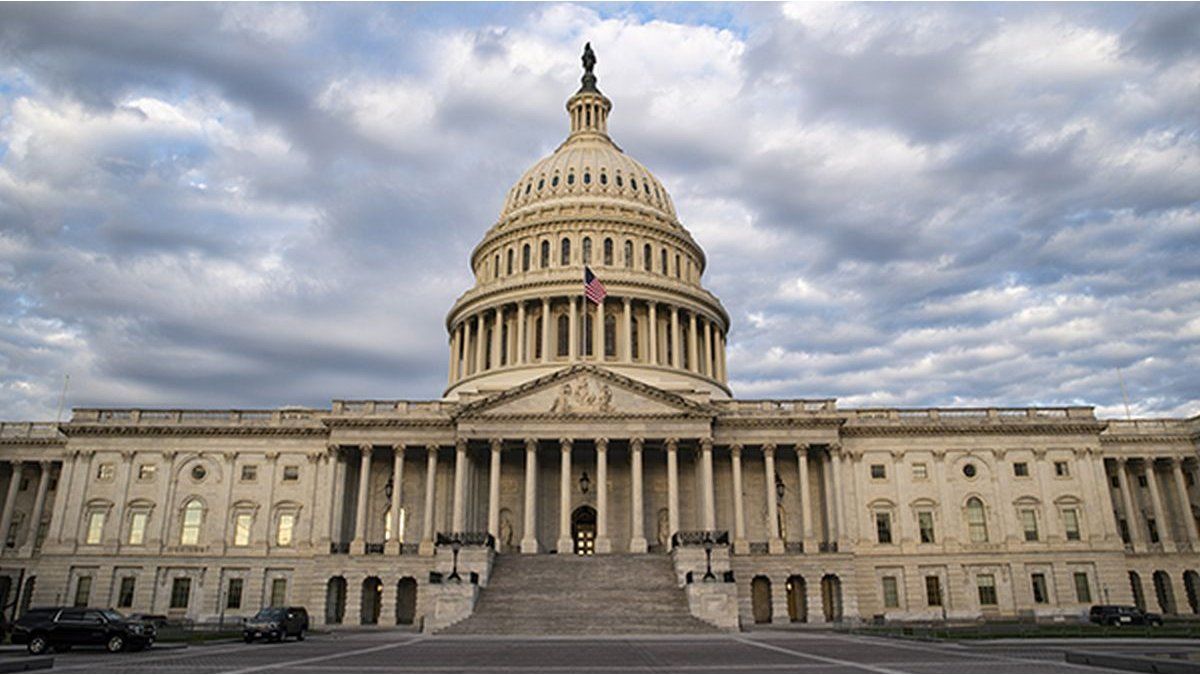It is an indicator, developed by JP Morgan, measures the “extra cost” that sovereign states pay to take on debt.
He country risk it’s a indicator developed for years by JP Morgan that measures the difference that US Treasury bonds pay against those of the rest of the countries.
The content you want to access is exclusive to subscribers.
This calculation is carried out through your EMBI indexbeing specific for each nation (EMBI Argentina, in our case).


In this way, the index measures the surcharge that a bond must pay in our Argentine case, compared to the yield of the 10-year securities issued by the US Treasury.
If he country risk is high and has an upward trend, it can also have a negative impact on the arrival of long-term investmentskey to carrying out works and increasing the volume of foreign exchange. Furthermore, it complicates the financial needs of a country.
On the contrary, if it is low (it can be compared, for example, with the average of the region, currently below 500 points), or has a bearish dynamic, it can boost the landing of investments in the long term, and can allow the country in question obtain financing in the capital market at “reasonable” rates.
In other words, Country risk is neither more nor less than the “extra” cost that the national state, the provinces or Argentine companies have to pay if they go out and place debt.with respect to what the bonds of the “safest” place for investors yield, which is the US.
Source: Ambito




